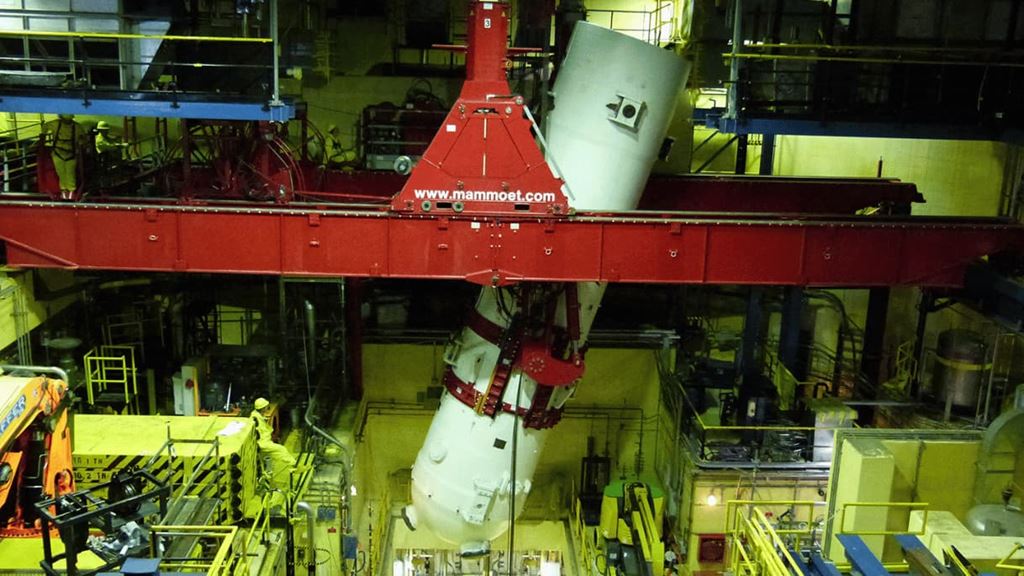Meeting the European nuclear decommissioning challenge
FEATURE
As the world transitions away from fossil fuels, demand for electricity is forecast to rise significantly; in some scenarios demand is predicted to double over the next 30 years.
Yet, regions like Europe face a nuclear power crunch. Many existing plants are aging, built as long ago as the 1970s, with a typical lifespan of around 40 to 50 years. These assets will need to be replaced in the coming decades for the continent to meet its energy transition goals, which means decommissioning work will become more widespread.
This is a highly specialized area demanding the utmost expertise and skill. So how can the growing demand for nuclear decommissioning be met most efficiently and - above all - safely? We brought together two industry experts to get their thoughts on how this can best be done.
Yves Brachet, a leading independent nuclear energy specialist, has over forty years of experience in the nuclear industry, working across a range of projects and in both cask design and licensing.
Jan Kleijn, COO of Mammoet, has worked with nuclear clients across the world to help meet their demands for the lifting and transport of large objects with millimeter precision.
What can the two learn from each other? And what does it take to complete an efficient, safe, and successful nuclear decommissioning project?
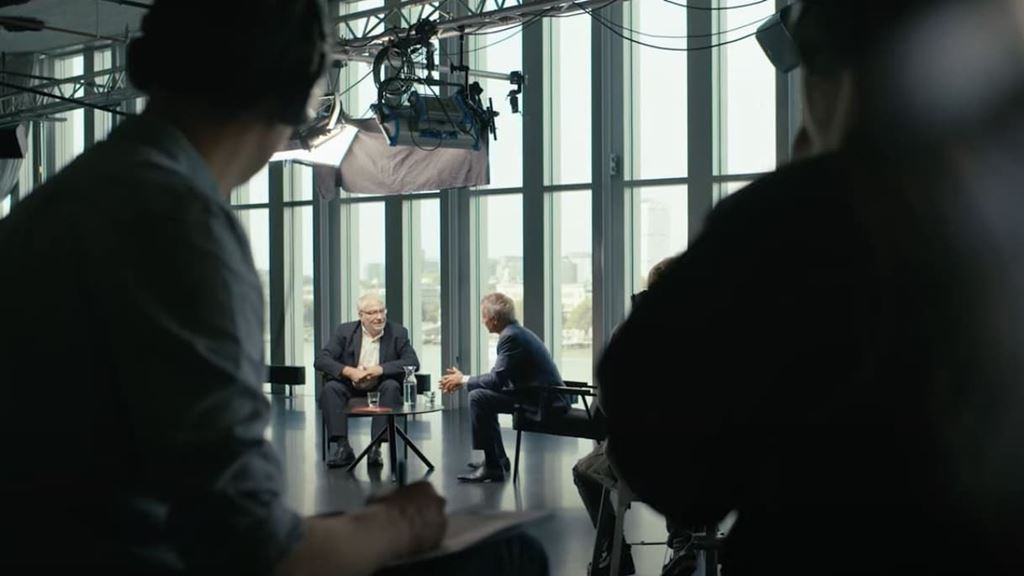
JK: What are the biggest challenges you see in nuclear decommissioning?
YB: The challenges in decommissioning are completely dependent on the type of plant. For example, a lack of data on the research reactors is common with plants built fifty or sixty years ago. For more recently built plants the challenge is more likely to be the space available, which is typically narrow; working in such confined spaces to remove the large components, such as pressure vessels, is a logistical challenge.
JK: From a regulation point of view, do you see a difference in decommissioning challenges when a plant is live?
YB: Of course, it is different. The risks are completely different. It would be a mistake to apply the same regulations for active plants where there is a lot of fissile material and high criticality risk, and one that has been decommissioned, where there’s no fissile material and no risk. The regulation is different because of that, and each country has its own regulations too.
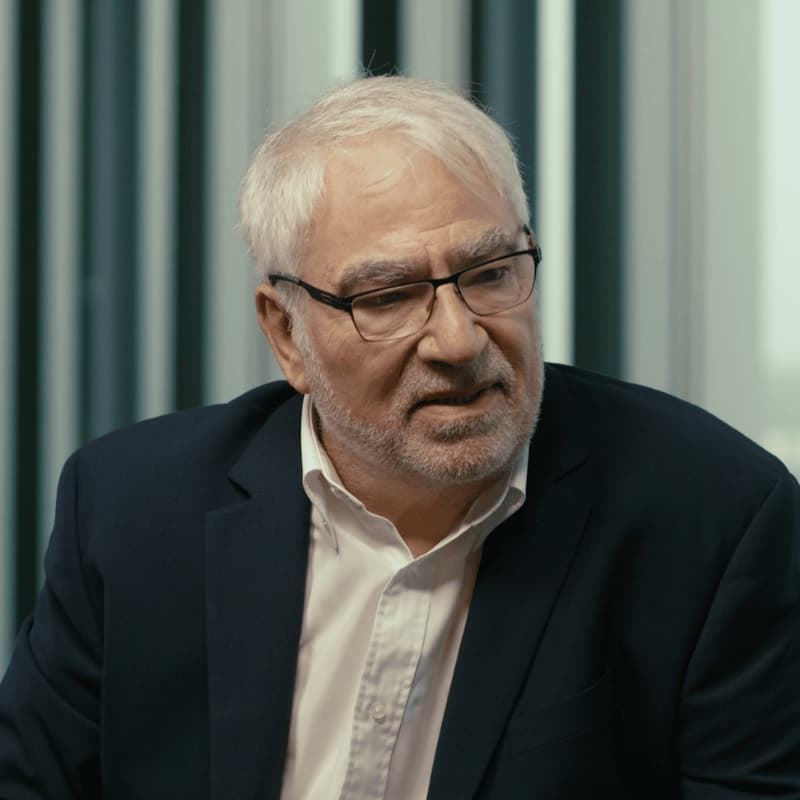
JK: As a global organization, we have worked in all kinds of power plants, including nuclear, and see lots of differences. However, there are also many similarities – in terms of security or training and how we deal with the local requirements. This is a key strength for Mammoet. We have offices and people locally to ensure we’re fully informed of all relevant local requirements. In addition, we have a centralized unit here in the Netherlands, with years of combined expertise and knowledge from our core team of experts.
JK: The demand for decommissioning is increasing, because of changes in the political environment and in society, in terms of how nuclear power is regarded. How do you see Mammoet’s role in this field?
YB: For me, the role for Mammoet is rather obvious. One of the biggest problems with nuclear decommissioning is the small circle of organizations involved. There are nuclear people working with other nuclear people using established nuclear techniques. Mammoet’s extensive experience working in other industries means it can add its expertise and knowledge into this small nuclear circle. This is exactly what’s needed in the nuclear industry; bringing outside experience in to improve the process and decrease the cost.
JK: We are involved in many new build nuclear projects around the world, with different types of reactors. We are also involved in maintenance and see a lot of similarities with decommissioning. For example, when carrying out maintenance we are required to replace large steam generators, and must engineer a solution that works, and that complies with local regulations.
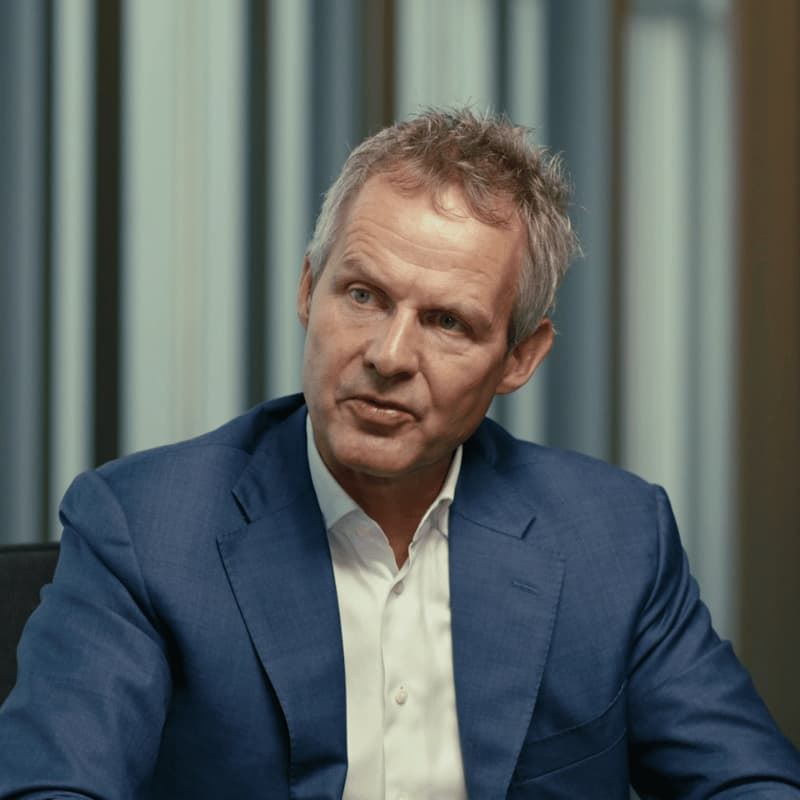
YB: I can testify that Mammoet is well known for steam generator replacement in the nuclear industry.
JK: From my experience, it is extremely important to be involved at the early stages of a project to develop the most effective plan – the right plan for dealing with a specific problem, so that we can then come up with a specific solution.
YB: Traditionalists in the nuclear industry believe the pressure vessel cannot be moved because it is extremely heavy and positioned deep inside the reactor. However, I’ve always been convinced that replacing the pressure vessel could be possible. As is dismantling it, which has already been done. I expect lifting 500 tonnes is not a problem for Mammoet?
JK: Absolutely. We see developments in an industry and adjust what we do, such as developing equipment to meet the specific requirements of that industry. If an industry is evolving, and weights increase from 500 tonnes to 1,000 tonnes or even 2,000 tonnes, we develop equipment to accommodate the requirements of our clients. A good example of this is Chernobyl. After the disaster, the plant was covered with concrete. After several years when another shelter was needed, we carried out lifting of the panels and developed a special skidding system to move the new confinement in a single piece over the whole power plant. Everybody thought it was impossible. But we said, no it is possible. However, it took years of preparation, talking with all the people involved, about what was needed and what the requirements and criteria were. We were then able to come up with a technical solution, which we then built and executed.
YB: In some cases, opening the containment building can create a problem. For instance, if you want to remove the pressure vessel in a single move it is difficult to transport it through the existing plant. So, you can open it up and remove this pressure vessel, and then close it again.
JK: I have also experienced this on a maintenance project where we were required to remove the steam generators through the roof of the containment building. First, we cut a hole in the concrete, then we lifted off the top section of the roof and put it to the side, removed the generators, installed the new ones, and put the roof back in place again.
JK: How do you regard the knowledge and expertise in the nuclear industry currently?
YB: Nuclear has always been a well-documented industry. At least for the electric generation nuclear reactors. So, most of the time the data is available, although it may be hidden in decades worth of paper filing. It’s therefore good practice to ensure that the plant operator is part of the decommissioning team, because he knows the plant.
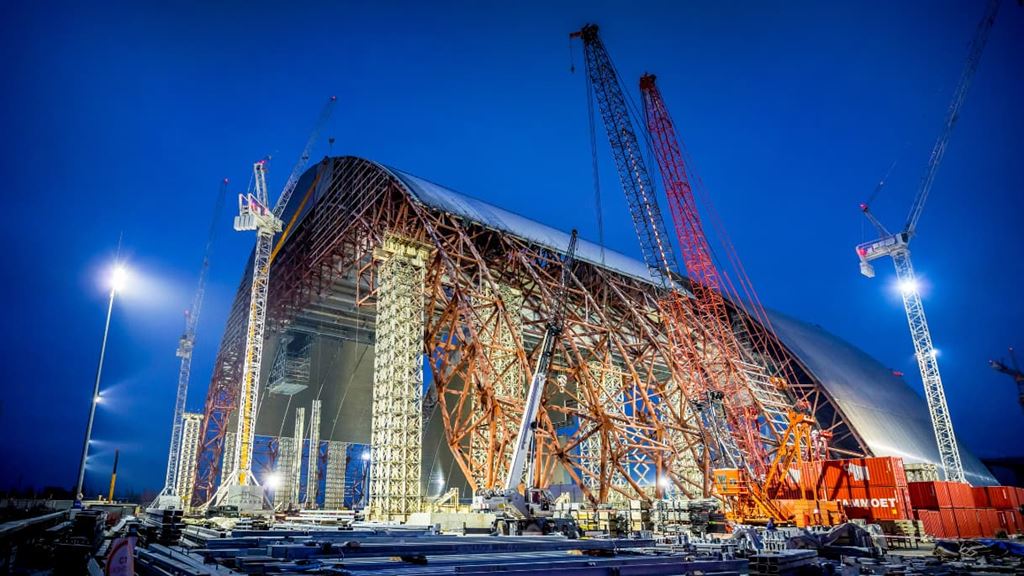
YB: As you know, safety is very important in nuclear, as in many industries. How do you think Mammoet aligns with nuclear safety standards?
JK: In our whole industry we are seeing that safety is becoming more and more important. Mammoet strives to be a market leader in many areas, but we want to be known definitively as the market leader in the safe execution of heavy lifting and transport projects. This has a lot to do with the standard of training we deliver to our people and project partners - it’s important that people are well-trained, for the skills they need to deliver projects safely and efficiently.
YB: One of the customer’s biggest concerns is cost. How do you think that we can convince them that Mammoet can bring the right solution at the right price, with a good efficiency, and within the budget?
JK: If we are involved late in a project when decisions have already been made, we’re merely providing the equipment. However, if we are involved early on in a project at the planning stage we can be a part of the total solution and come up with the most optimized plan, drawing on our collective experience from around the world from different industries. Time is also an extremely important factor and has huge implications on the cost of decommissioning. If we can reduce the length of a project our costs may be higher, but the total cost would be lower because we can reduce the total decommissioning time by 10, 20 percent, which is huge.
YB: Does Mammoet work in all types of reactors, regarding different standards like PWR, BWR?
JK: Yes, we do. We have worked in different countries, with all kinds of different concepts of reactors. From Siemens, CANDU and GE.
JK: How long does a decommissioning project typically take?
YB: It really depends on the country, but as a rule it’s about fifteen years. Roughly speaking there’s five years for the preparation, licensing, and evacuating the spent fuel in the plant. Then another ten years working on site to physically dismantle the plant.
YB: When limited space is available, can we still use Mammoet cranes?
JK: Yes, we have extensive experience of lifting and transporting very heavy pieces of machinery and equipment in very confined spaces. We typically use existing cranes or develop new solutions to meet specific requirements. We don't see space limitations as a problem but as a challenge!
If you have a nuclear decommissioning challenge, speak to Mammoet’s experts today to explore how engineering heavy lifting could help to protect safety standards and save your project time.
